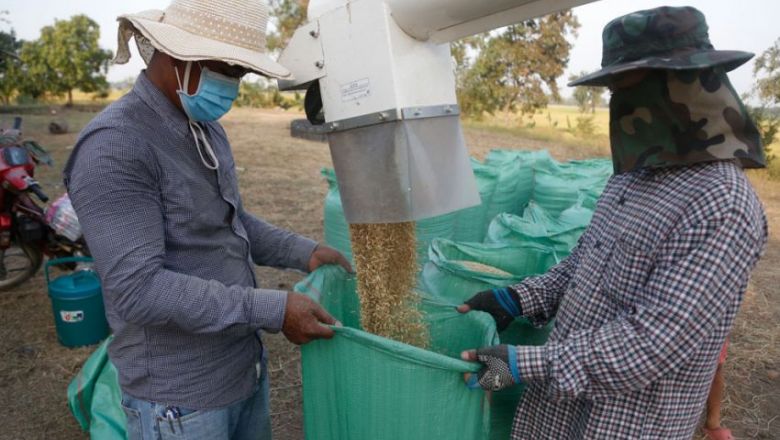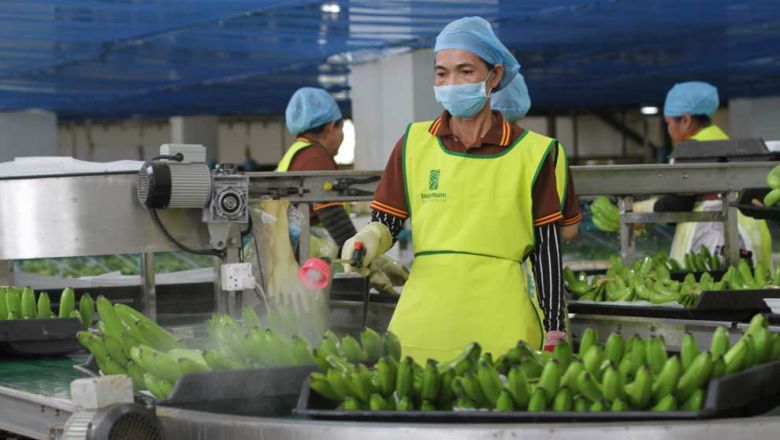Crab banks buoy marine fisheries yields
Crab banks buoy marine fisheries yields
Provincial fisheries officials have said the development of crab banks in community fisheries has gradually boosted marine crab output.
Crab banks are where pregnant crabs are stored until their attached eggs hatch. Members of fisheries communities who catch pregnant crabs are obliged to sell them to the crab banks. Once hatched, the zoea larvae are released back into the sea.
Kampot provincial Fisheries Administration director Sar Sorin said there are currently four active crab banks in his province, which have substantially contributed to meeting daily demand for the marine crabs.
Prior to their establishment, he said some 100 fishing boats would converge on the four sites and fishermen would catch around a tonne of crabs with bamboo traps.
But now 200 fishing boats congregate at the crab banks and net up to three tonnes daily, he added.
“Since we installed the [first] crab bank in 2008, crab yields have doubled and we can fish in all seasons throughout the year. We collect horse crabs with eggs and release them into the egg-laying site. On average, we collect about [500 crabs weighing] 40kg per month,” Sorin said.
Preah Sihanouk provincial Fisheries Administration director Em Phea told The Post that an average of 50kg of pregnant crabs are released into the province’s eight active crab banks.
The crab bank system has catalysed a steady surge in crab yields in Preah Sihanouk, he said without providing specific data but noting that a survey was in the pipeline.
While aquaculture yields in Preah Sihanouk increased significantly this year, marine fisheries output will be slightly lower than last year’s level, he lamented.
Pheng Chhay, president of the Samros Koh Sdach fisheries community in Koh Kong province, said a crab bank was set up at his fishery last month, in the hopes that marine crab production among the community would enjoy annual growth each year.
He said: “With a crab bank at our disposal, we expect crab yields in our community to climb up going forward.”
Each boat of crab bank members brings in three pregnant crabs per day on average, he said, noting that there are 60 there now.
“We take the female crabs with eggs so that they may disperse their larvae, and then we release them back to the sea to ensure that fisheries yields do not fall down the line,” Chhay said.
The crab bank system has been in play since 2008 and is implemented by the Ministry of Agriculture, Forestry and Fisheries’ Fisheries Administration and a number of NGO partners.
According to Sorin, there are nearly 30 active crab banks in the four coastal provinces – Kampot, Kep, Preah Sihanouk and Koh Kong.
Cambodia exported a total of 1,730 tonnes of fisheries products in the first nine months of this year, down more than 84 per cent year-on-year from 10,980 tonnes, ministry figures show.















